Home and Land Packages: The Real Deal (From a Builder Who’s Seen It All)
I’ve spent more years than I can count in the construction game, sitting at kitchen tables with families dreaming about building a new life. Some people show up with a vision, a whole scrapbook of ideas ready for a full custom home. But honestly, a lot of folks are just overwhelmed. They want a new home without the endless decisions and headaches. And that’s usually when someone brings up a home and land package.
In this article
I’ve been on both sides of the fence, building everything from unique custom homes to entire streets of package houses in new developments. I’ve seen the good, the bad, and the ugly.
These deals are sold as the simple, all-in-one answer. For many, they absolutely can be. But they aren’t a magic wand. That flashy price on the billboard? It rarely tells you the full story. My goal here isn’t to push you one way or the other. It’s to give you an honest, inside look at how these packages really work, from my perspective. I want to show you what to look for, the right questions to ask, and how to spot those sneaky hidden costs before you commit a dollar.
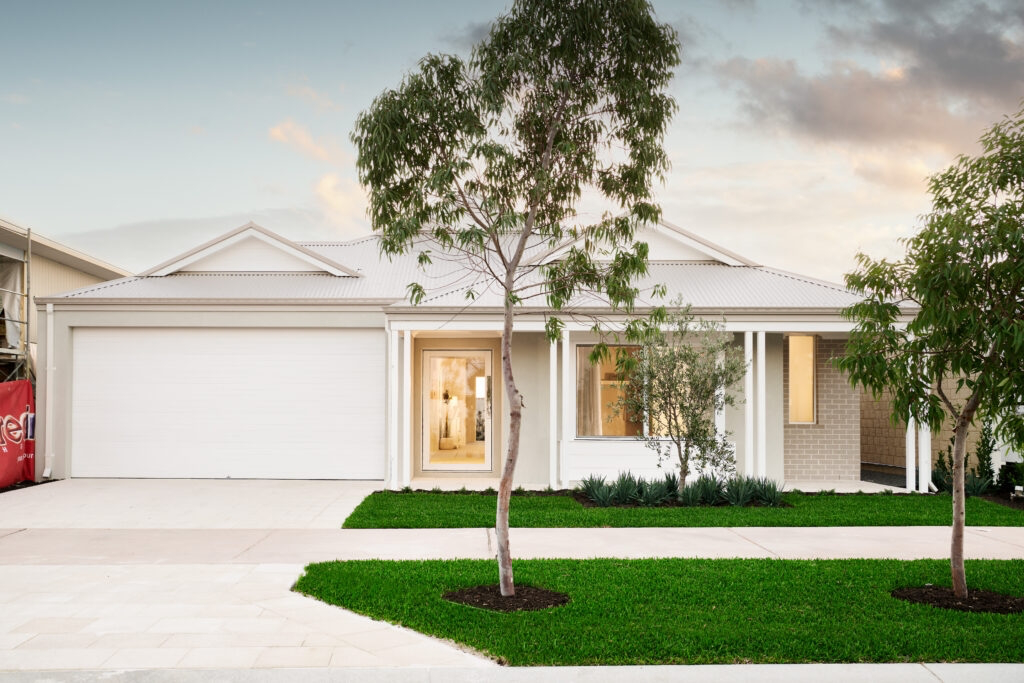
Because understanding the mechanics of the deal is the only way to know if it’s right for you.
So, What Exactly Is a Home and Land Package?
First things first, let’s clear up a huge misconception. You’re not just buying one thing. In almost every case, you are signing two completely separate contracts.
One contract is with the developer to buy the block of land. The second contract is with the builder to construct a specific house on that land. Yes, they work together, but they’re two different businesses. This is a critical point to remember.
Think of it like this:
- The Land Contract: This is purely about securing the dirt. You’ll work with a developer’s agent and your own legal pro (a conveyancer) to get this done. This contract locks in the land price, settlement date, and any special rules for the estate, which are often called covenants.
- The Building Contract: This is your agreement with the builder. It spells out the house design, the total construction cost, a detailed list of what’s included, a payment schedule, and a rough timeline. It’s usually a standard-form contract from a major industry body.
The “package” is just the convenient pairing of a home design that the builder knows will fit on a specific block of land. It saves a ton of time in the planning phase because they’ve already figured out that the house works with the lot’s size and orientation.
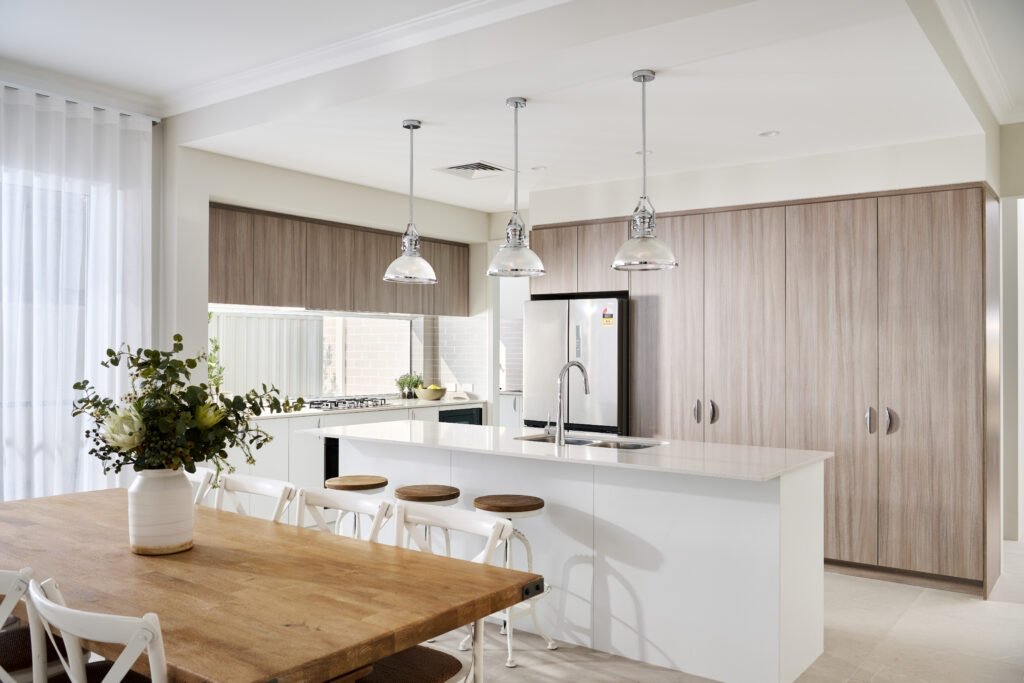
The Ground Beneath Your Feet: Where Your Budget Can Unravel
If there’s one place a budget is going to blow out, it’s with “site costs.” These are the expenses needed just to get your land ready for a foundation. The advertised price of a package almost always includes a provisional allowance for these costs. Heads up! If the actual costs come in higher—and they often do—you are the one who pays the difference.
Your Soil Report is Everything
Before we can even think about pouring a slab, a geotechnical engineer has to test the soil. The report they produce classifies the soil based on how much it’s likely to shift, swell, or shrink with changes in moisture. This is called “site reactivity.”
In simple terms, soil is graded from stable, sandy soil (the dream) to highly reactive clay that moves a lot (the potential budget-killer). A “problem” site, labeled Class ‘P’, might have soft spots or uncertified fill, requiring a totally custom and very expensive foundation.
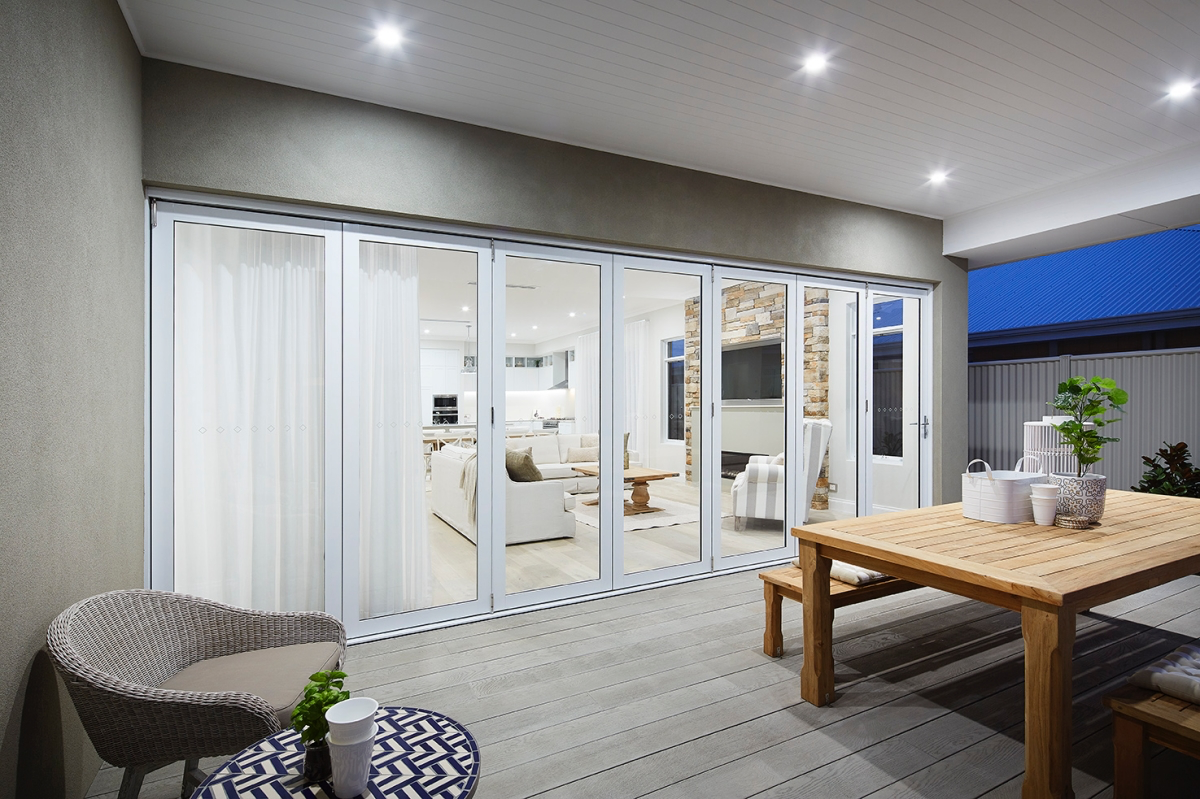
Here’s a real-world example: I worked with a family whose package had a $15,000 site cost allowance, assuming the soil was moderately reactive. The test came back showing highly reactive clay with some old fill. The engineers required a much stronger slab with deep concrete piers to guarantee stability. The final bill for the extra engineering and concrete was $27,000. That meant they had to find an extra $12,000 they hadn’t planned for. Ouch.
Quick tip: Always ask the builder, “What soil classification is your allowance based on, and what’s the process if it comes back worse?”
The Slope of the Land
A perfectly flat block is the unicorn of new developments. Most have at least some slope, or “fall.” Even a gentle slope can add thousands to your bill. We have to do what’s called a “cut and fill”—digging out the high side and building up the low side to create a level building pad.
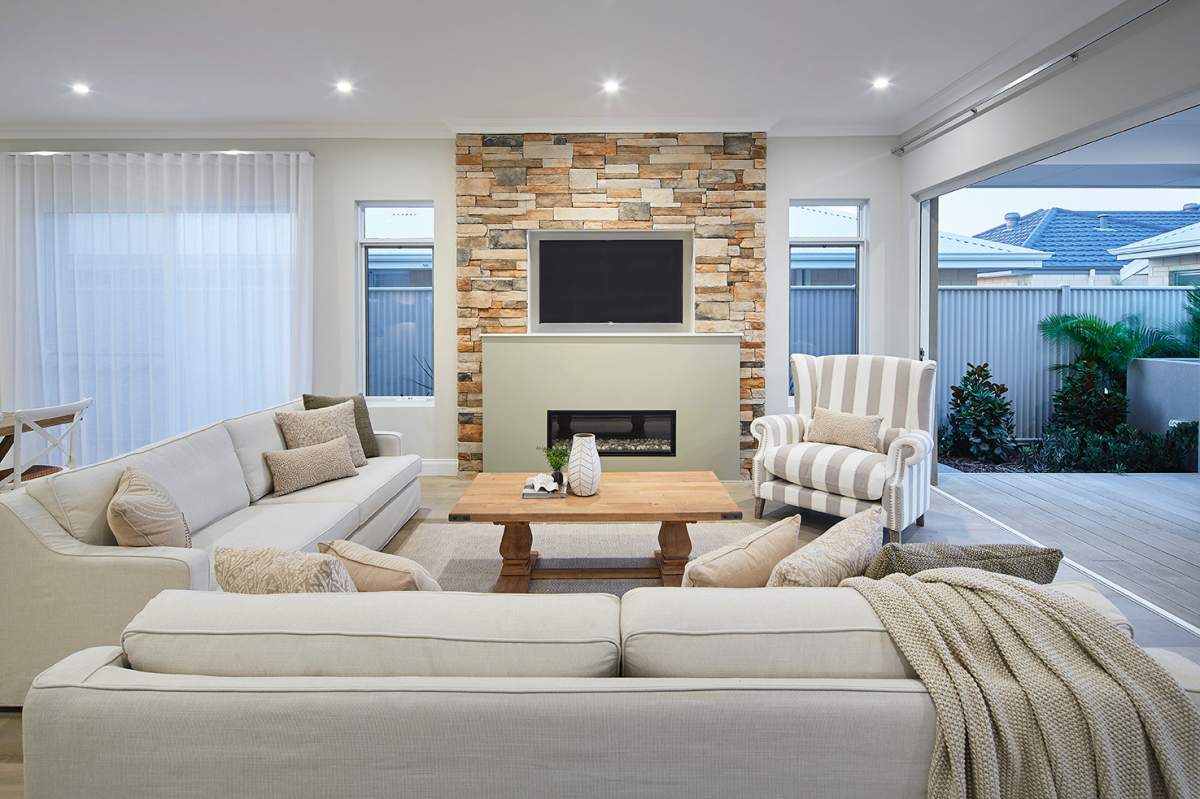
If the fall across your house footprint is more than a meter or so, you’ll almost certainly need retaining walls to hold all that earth back. And retaining walls are NOT cheap. A basic timber one can run you $250 per square meter, while a more permanent concrete block wall could be $500 or more. These are almost never included in the standard package price. Before you sign, walk the block. If it feels sloped, insist on a fixed price for site works, not just an allowance.
Bushfire Attack Level (BAL) Ratings
If your new home is anywhere near bushland, it will have a BAL rating. This is a legal requirement that measures the property’s potential risk from a bushfire. The ratings range from BAL-LOW (no extra costs) up to BAL-FZ for Flame Zone (which requires a fortress-like build).
Even a moderate rating like BAL-29 can mean adding things like metal screens, thicker glass, and vent guards. This alone can add $15,000 to $30,000 to the build cost. A higher rating like BAL-40 could easily double that. Ask for the BAL rating upfront. If the salesperson says they don’t know, that’s a massive red flag because it leaves a huge potential cost totally up in the air.

Decoding the Inclusions List: What You Really Get
Every builder gives you an “inclusions list” that details what comes with the house. Honestly, this document is far more important than any glossy brochure. Some lists are wonderfully specific; others are dangerously vague. The difference will determine the final quality and cost of your home.
Inspiration:
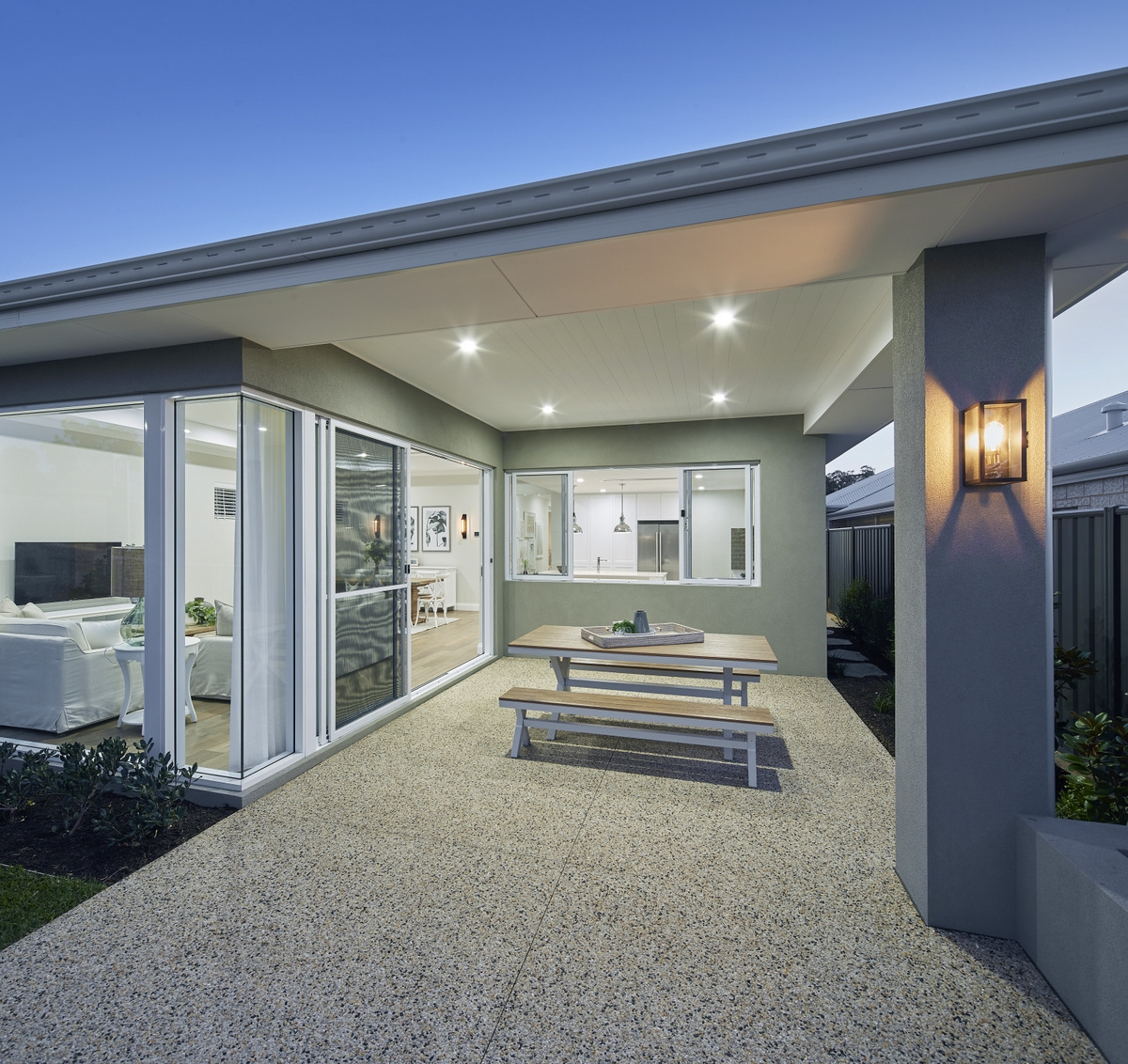
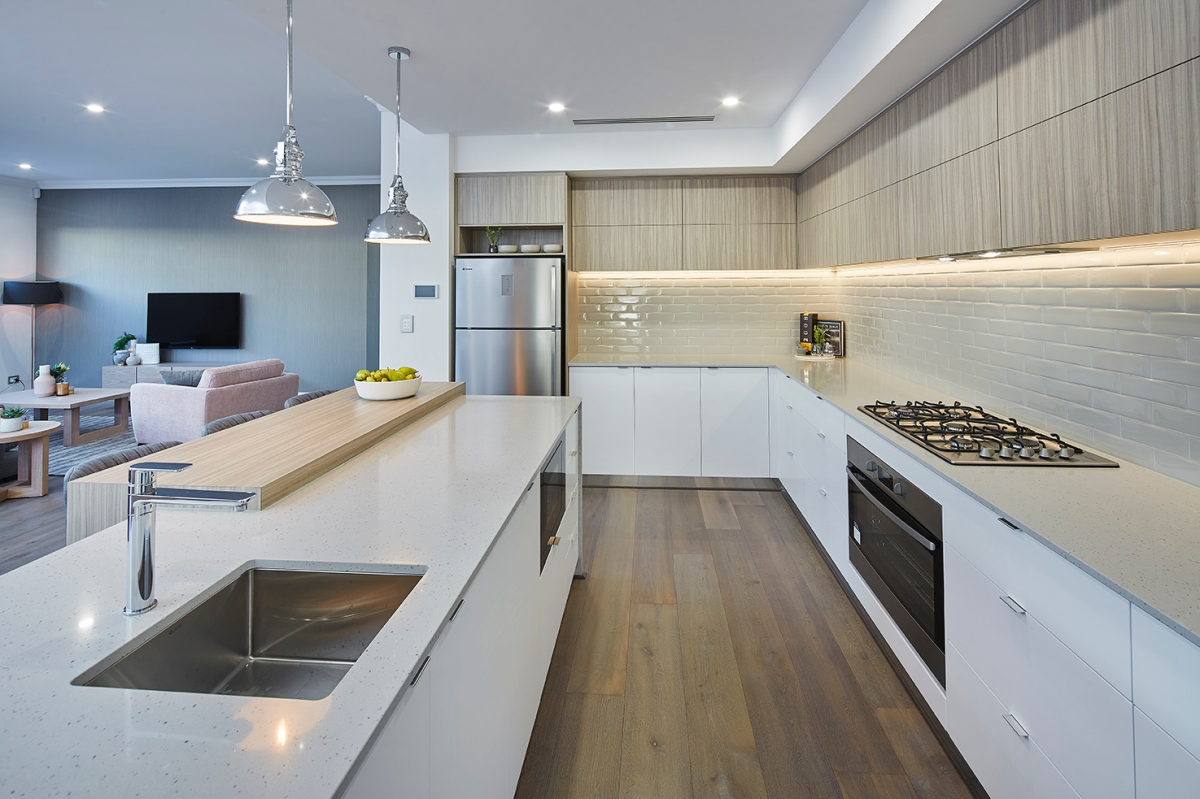
That building contract is a beast. Before your pen hits the paper, make sure you have clear answers to these critical points:
- What is the exact allowance for site costs? Is a soil test included, and what happens if difficult rock or H2-class soil is found?
- Show me the exact tapware, lighting, and door handles included. ‘Builder’s range’ isn’t a specific answer.
- Are landscaping, driveways, and fencing part of the price, or are they separate costs after handover?
- What are the ‘provisional sums’ listed and how are the final costs for these items determined?
The ‘turn-key’ promise often has a few missing keys. The advertised price is for the house itself, not necessarily a ‘move-in ready’ home.
This means essentials like landscaping, letterboxes, clotheslines, and even window coverings (blinds or curtains) are frequently excluded. Always request a detailed ‘inclusions list’ and a corresponding ‘exclusions list’ so you can accurately budget for the finishing touches that truly make a house a home.










